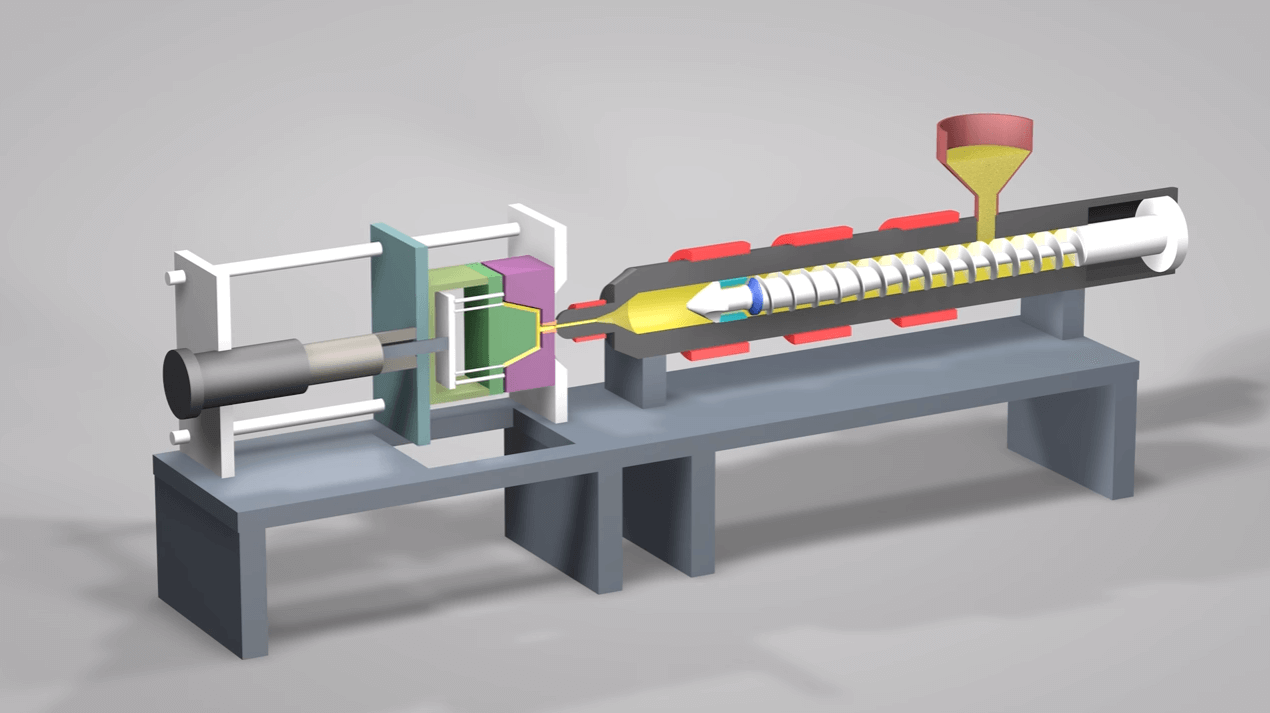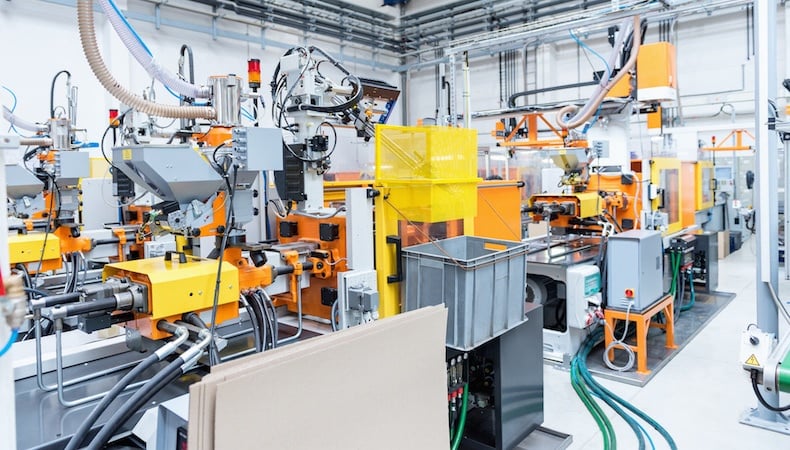The Future of Plastic Injection Molding: Technologies and fads to See
As the plastic injection molding industry develops, a number of crucial fads are arising that promise to reshape its landscape. Automation and smart production methods are readied to enhance performance, while the shift towards sustainable products shows a growing ecological awareness. Advancements in 3D printing are leading the means for unmatched design adaptability. Nevertheless, these innovations additionally bring forth obstacles that need cautious consideration. Recognizing just how these aspects will engage and influence future practices is crucial for stakeholders looking to browse this transformative period efficiently.
Automation and Smart Manufacturing
As the plastic shot molding sector advances, automation and smart production are taking spotlight, reinventing manufacturing procedures - Plastic Injection Molding. The integration of advanced modern technologies such as robotics, IoT (Web of Points), and man-made intelligence is enabling producers to improve performance, minimize operational expenses, and boost item high quality. Automated systems simplify process, minimizing hand-operated treatment and boosting throughput, which is important in satisfying the rising need for quick production cycles
Smart producing modern technologies facilitate real-time surveillance and information evaluation, allowing business to optimize equipment performance and forecast maintenance needs. This aggressive strategy not just minimizes downtime however likewise expands the life expectancy of devices. Additionally, the use of joint robots, or cobots, enhances the adaptability of assembly line, enabling workers and machines to operate side by side safely and efficiently.
The adoption of automation in plastic injection molding is not merely a trend yet a calculated crucial for services aiming to continue to be competitive in an international market. By using these technologies, makers can attain higher precision, lower waste, and adapt swiftly to altering client demands, placing themselves for lasting growth in a progressively automatic future.
Sustainable Products and Practices
The push towards automation and smart production has led the way for a higher focus on lasting products and methods within the plastic shot molding market. Companies are significantly seeking environment-friendly options to standard petroleum-based plastics, causing the adoption of bio-based and recycled materials. These lasting products not only decrease environmental influence yet additionally straighten with consumer need for greener items.

Furthermore, cooperation in between makers, product providers, and environmental companies is promoting advancement in the development of sustainable products that meet performance standards without endangering high quality. As policies around plastic use come to be stricter, the sector is poised to adjust by embracing these lasting methods, guaranteeing long-lasting stability and decreasing reliance on non-renewable resources. The integration of sustainability about his into plastic injection molding is not simply a pattern; it is coming to be a vital part of corporate responsibility and functional excellence.
Advances in 3D Printing
Recent developments in 3D printing innovation are considerably transforming the landscape of plastic shot molding. The assimilation of additive production procedures permits the fast prototyping of complex geometries that were difficult or as soon as tough to achieve via standard methods - Plastic Injection Molding. This ability not only increases item growth cycles but additionally minimizes material waste, straightening with the expanding demand for lasting production practices
In addition, the development of crossbreed manufacturing strategies, which integrate 3D printing and shot molding, supplies makers the capability to develop complex styles while keeping the effectiveness of mass manufacturing. This strategy makes read the full info here it possible for the manufacturing of personalized components tailored to particular consumer needs without sacrificing the rate and scalability that injection molding gives.
In addition, developments in products, such as high-performance polymers and compounds particularly designed for 3D printing, are enhancing the useful abilities of printed parts. These materials can endure greater tension and display boosted thermal properties, making them appropriate for even more demanding applications.
As 3D printing proceeds to evolve, its assimilation right into plastic injection molding processes guarantees to improve efficiency, reduce prices, and foster advancement in item style, positioning manufacturers to much better meet the difficulties of an affordable market.
Data Analytics and IoT Assimilation
Information analytics and the assimilation of the Net of Things (IoT) are changing plastic shot molding by offering makers with unmatched understandings into their operations. By leveraging real-time information gathered from interconnected machines and sensors, producers can monitor performance metrics, identify inadequacies, and maximize production procedures. This data-driven approach helps with predictive upkeep, reducing downtime and expanding devices life expectancy.
Moreover, IoT combination permits enhanced quality assurance. By constantly tracking variables such as More Bonuses cycle, stress, and temperature level times, suppliers can swiftly find variances from established parameters and make modifications in real time. This not just enhances product consistency yet likewise lowers waste and scrap prices.
The fusion of information analytics and IoT modern technologies likewise empowers makers to take on even more nimble manufacturing strategies. With accessibility to detailed information analytics, organizations can reply to market demands with better versatility, adjusting production routines and setups as required. This adaptability is vital in a quickly changing manufacturing landscape.

Customization and Design Adaptability
Exactly how can personalization and style adaptability enhance the competitiveness of plastic shot molding? Modification allows manufacturers to satisfy details customer needs, accommodating one-of-a-kind measurements, forms, and functionalities that typical products may not meet.
Developments in style innovations, such as computer-aided layout (CAD) and fast prototyping, more boost this fad. These devices make it possible for designers to produce complex geometries and detailed patterns, which can be flawlessly incorporated into the manufacturing process. Because of this, suppliers can respond swiftly to altering customer preferences and market needs.
Moreover, the implementation of modular tooling systems improves style flexibility, permitting quicker modifications in between various item designs without substantial downtime. This flexibility can cause decreased preparations and lower production expenses, making firms a lot more affordable and nimble. Ultimately, embracing personalization and layout flexibility in plastic injection molding not just elevates product offerings yet also enhances market positioning in an ever-evolving landscape.
Final Thought
The future of plastic shot molding is characterized by considerable improvements in automation, lasting techniques, and cutting-edge materials. Customization via modular tooling and quick prototyping will allow suppliers to stay responsive and competitive to the vibrant needs of the market.

The future of plastic injection molding is identified by significant innovations in automation, lasting methods, and cutting-edge materials.
Comments on “How Plastic Injection Molding Makes Certain Consistency and Precision in Manufacturing”